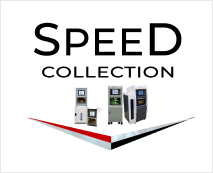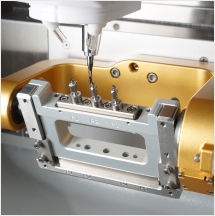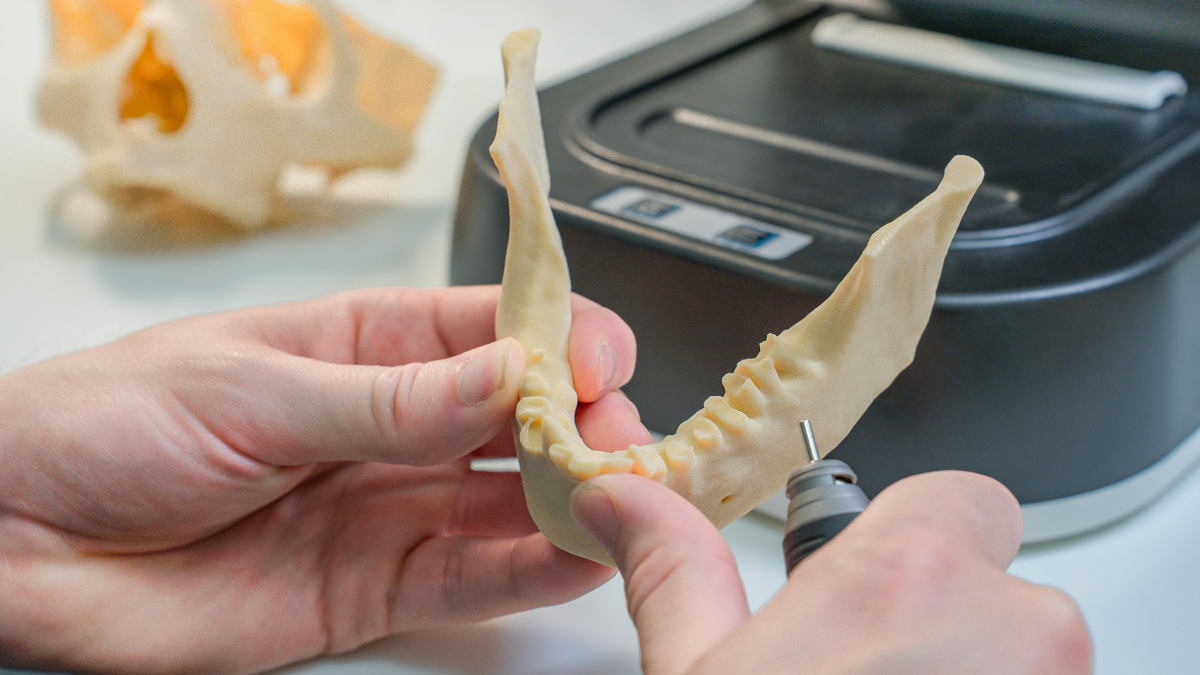3D printing transforms orthodontics. It creates custom appliances, clear aligners, and more with unmatched precision, efficiency, and comfort.
Orthodontics has always aimed for accuracy and personalized treatments, but with the development of 3D printing technology, this goal has never been more feasible. With previously unheard-of levels of precision, effectiveness, and customization, this ground-breaking invention is quickly revolutionizing the design and manufacturing of both fixed and removable orthodontic appliances. We at Axsys Dental Solutions are leading the way in incorporating these cutting-edge features into dental labs and offices, enabling orthodontists to provide patients with the best care possible. Let’s examine how important 3D printing is to contemporary orthodontics.
Accuracy and Customization: Personalized Orthodontic Devices
The ability of 3D printing to produce highly customized appliances that are precisely matched to each patient’s unique anatomy is one of the technology’s most important benefits in orthodontics. The era of generalized molds is over; an ideal three-dimensional model of the patient’s dentition can now be obtained using digital impressions taken by intraoral scanners. Appliances can then be designed and printed using this digital data with an accuracy that cannot be accomplished by hand. Custom orthodontic appliances, such as retainers, splints, and even indirect bonding trays, guarantee a more snug fit, increased comfort, and more consistent treatment results while cutting down on chair time and adjustments.
Call Axsys Dental Solutions a call at (855) 687-7941!
The Emergence of Clear Aligners: A Revolution in 3D Printing
The creation of clear aligners is arguably the most well-known use of 3D printing in orthodontics. This well-liked substitute for traditional braces moves teeth into the proper position gradually using a sequence of clear plastic trays that are progressively adjusted. From the initial condition to the finished, flawless smile, the entire course of treatment is digitally mapped out. The exact clear aligners are then thermoformed using master models made by 3D printers for every phase of the tooth movement. With the ability to be mass customized, clear aligner therapy is both affordable and very successful, providing patients with a comfortable and aesthetically pleasing route to a straighter smile.
Beyond Aligners: Detachable Dental Devices
In addition to clear aligners, 3D printing is transforming a variety of detachable dental appliances. This comprises:
- Retainers: Improved fit and durability are provided by custom 3D printed retainers, which guarantee that the effects of post-treatment are successfully maintained.
- Splints and Nightguards: Custom-fit 3D-printed splints and nightguards offer exceptional comfort and therapeutic efficacy for patients with temporomandibular joint disorder (TMD) or bruxism (teeth grinding).
- Denture Bases: 3D printing makes it possible to create extremely comfortable and accurate denture bases, which enhance denture fit and stability.
- Surgical Guides: 3D printed surgical guides are essential for successful implant dentistry because they guarantee precise accuracy during implant placement.
Workflows are streamlined and turnaround times are decreased by the ability to quickly prototype and produce these varied appliances in-house or through specialized labs.
Did You Know?
It is anticipated that the global market for 3D printing in dentistry will grow to over $9 billion by 2027, demonstrating the technology’s quick uptake and revolutionary effects on the field.
For a consultation on how Axsys Dental Solutions can help you integrate 3D printing into your orthodontic or dental practice, call us at (855) 687-7941. Let’s shape the future of smiles together.
Commonly Asked Questions
Is it safe and biocompatible to use 3D printed orthodontic appliances?
Certain materials used in dental 3D printing, like resins for clear aligner models or biocompatible plastics for retainers, have undergone extensive testing and been approved for oral use, guaranteeing their safety and compliance with all relevant health regulations.
What is the cost difference between 3D printing and conventional techniques?
Although purchasing 3D printing equipment can be expensive initially, the advantages usually outweigh the drawbacks over time. Over time, significant savings and a higher return on investment can result from increased efficiency, decreased material waste, less chair time, and the ability to produce appliances in-house.






